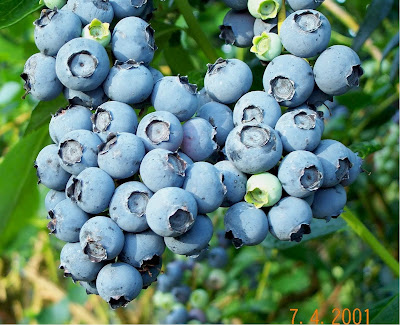What's with high heels?
I'm not a woman and I should not discuss or made a
research about this. But I have a lot of sister friends who are wearing this
torturing invention. Although high heeled
shoes are depicted in ancient Egyptian murals on tombs and temples, the earliest
recorded instance of men or women wearing an elevated shoe comes from Hellenic times. It is suspected that the wear of an
elevated sole, or heel, occurred centuries before, but there is little direct
evidence to support this, although there is indeed much indirect evidence that
lends credence to the use of high heels by both men and women for many reasons.
It has
been commonly stated that the first instance of the wear of high heels involved
the 1533 marriage between Catherine de' Medici with the Duke of Orleans. She wore heels made in Florence for
her wedding, and as a result, Italian high heels became the norm for ladies of
the Duke's court in France. Unfortunately, this reference may be apocryphal, as
the development of heels did not begin to come about until the late 1580s,
based on iconographic evidence and extant pieces.
Mary Tudor, another short monarch, wore heels as high as possible. From this period until the early 19th century, high heels are frequently in vogue for both sexes.
Around
1660, a shoemaker named Nicholas Lestage designed high heeled shoes for Louis XIV. Some were more than four inches (ten
cm), and most were decorated in various battle scenes. The resulting high
"Louis heels" subsequently became fashionable for ladies. Today the
term is used to refer to heels with a concave curve and outward taper at the
bottom similar to those worn byMadame de Pompadour, Louis XV's mistress. (They are also
sometimes called "Pompadour heels".)
The
late 18th-Century trend toward lower heels had much to do with the French
Revolution. During the revolution, high heels became associated with
opulence. Since people wished to avoid the appearance of wealth, heels were
largely eliminated from the common market for both men and women. In the wake
of the French Revolution heels become lower than at any time in the 18th
century.
I have made this research to make women aware what
are the health risks of wearing high heels for I know for some they don't care
about the torture that they always experience each time they wear this kind of
shoes. I know for a fact that man is created to walk "flat footed"
not tip toeing and it pains me to see them wearing on a daily basis not knowing
what are the health risks behind it. In fact, women should wear them because it
affects the natural posture and the spine and also it is very expensive.
An Australian based study has
found that women who wear high heel shoes on a regular basis could suffer from
health problems.
The study, a first of its kind, was published last week in the Journal of Applied Physiology.
According to the study, women who wear high heels are at risk for permanent damage to their knees, hips, back and tendons.
"You can have Achilles tendon contractors [and] tight calf muscles [due to wearing heels]. It's reported to lead to some hip and knee and back pain, but I wouldn't say it's proven," explained orthopedic, foot and ankle surgeon Dr. Brian Thompson.
The recent study found in some cases, damage was detected in women as young as 25-years-old.
The study, a first of its kind, was published last week in the Journal of Applied Physiology.
According to the study, women who wear high heels are at risk for permanent damage to their knees, hips, back and tendons.
"You can have Achilles tendon contractors [and] tight calf muscles [due to wearing heels]. It's reported to lead to some hip and knee and back pain, but I wouldn't say it's proven," explained orthopedic, foot and ankle surgeon Dr. Brian Thompson.
The recent study found in some cases, damage was detected in women as young as 25-years-old.
Here are the list of the health
risks:
http://www.wkrn.com/story/16612879/study-reveals-health-risks-associated-with-high-heels
http://www.femalehealthissues.co.uk/dangers-of-wearing-high-heels.html
http://www.dailymail.co.uk/health/article-1053601/High-heel-horrors-The-hidden-cost-body-crucial-extra-inches.html





